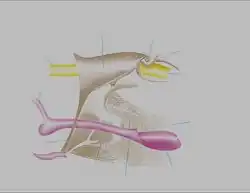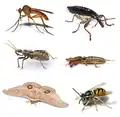Portal:Insects
The Insects Portal

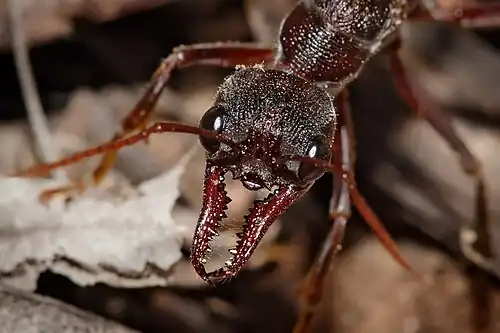
Insects (from Latin insectum) are hexapod invertebrates of the class Insecta. They are the largest group within the arthropod phylum. Insects have a chitinous exoskeleton, a three-part body (head, thorax and abdomen), three pairs of jointed legs, compound eyes, and a pair of antennae. Insects are the most diverse group of animals, with more than a million described species; they represent more than half of all animal species. (Full article...)
Selected article -
Thopha saccata, the double drummer, is the largest Australian species of cicada and reputedly the loudest insect in the world. Documented by the Danish zoologist Johan Christian Fabricius in 1803, it was the first described and named cicada native to Australia. Its common name comes from the large dark red-brown sac-like pockets that the adult male has on each side of its abdomen—the "double drums"—that are used to amplify the sound it produces.
Broad-headed compared with other cicadas, the double drummer is mostly brown with a black pattern across the back of its thorax, and has red-brown and black underparts. The sexes are similar in appearance, though the female lacks the male's tymbals and sac-like covers. Found in sclerophyll forest in Queensland and New South Wales, adult double drummers generally perch high in the branches of large eucalypts. They emerge from the ground where they have spent several years as nymphs from November until March, and live for another four to five weeks. They appear in great numbers in some years, yet are absent in others. (Full article...)
Did you know -
- ... that the flower chafer species Eupoecila australasiae gains its common name of 'fiddler beetle' from its violin-shaped markings?
- ... that the larvae of the Silky Hairstreak secrete substances that attract ants?
- ... that unlike other siricid wood wasps, Xeris spectrum does not have symbiotic fungi to aid its larvae as they burrow in the wood of fir and other conifer trees?
- ... that the extinct snakefly genus Proraphidia is known from fossils found in Spain, England, and Kazakhstan?
- ... that Kricogonia lyside can grow from egg to adult in as little as 13 days?
List articles

- List of largest insects
- List of data deficient insects
- List of least concern insects
- List of near threatened insects
- List of vulnerable insects
- List of endangered insects
- List of critically endangered insects
Related portals
General images -
Selected image -
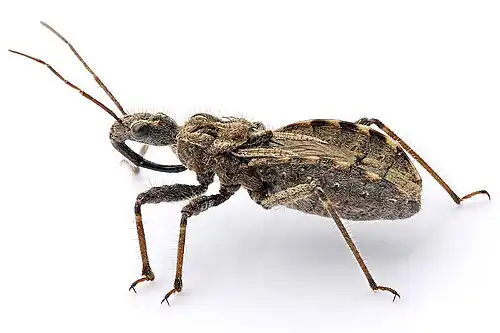
Reduviidae (Hemiptera) is a large, cosmopolitan family of predatory insects, including the assassin bugs (genera include Melanolestes, Platymeris, Pselliopus, Rasahus, Reduvius, Rhiginia, Sinea, Triatoma, and Zelus), wheel bugs (Arilus cristatus) and thread-legged bugs (the subfamily Emesinae, including the genus Emesaya). There are about 7,000 species altogether, making it one of the largest families in the Hemiptera.
Topics
Subcategories

WikiProjects

Main WikiProject:
- WikiProject Insects
Related projects:
- WikiProject Arthropods
- WikiProject Spiders
- WikiProject Animals
- WikiProject Tree of Life
- WikiProject Biology
Daughter projects:
- WikiProject Lepidoptera
Tasks
 |
Here are some tasks awaiting attention:
|
Associated Wikimedia
The following Wikimedia Foundation sister projects provide more on this subject:
-
Commons
Free media repository -
Wikibooks
Free textbooks and manuals -
Wikidata
Free knowledge base -
Wikinews
Free-content news -
Wikiquote
Collection of quotations -
Wikisource
Free-content library -
Wikiversity
Free learning tools -
Wiktionary
Dictionary and thesaurus
-
 List of all portals
List of all portals -

-

-

-

-

-

-

-

-

-
 Random portal
Random portal -
 WikiProject Portals
WikiProject Portals
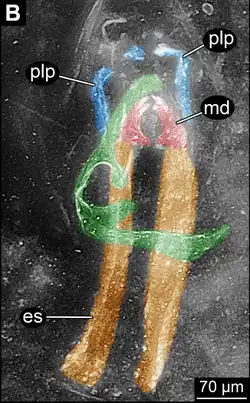

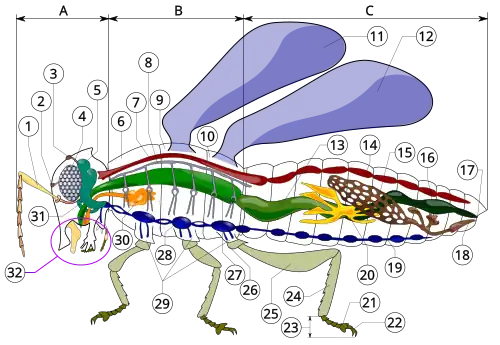
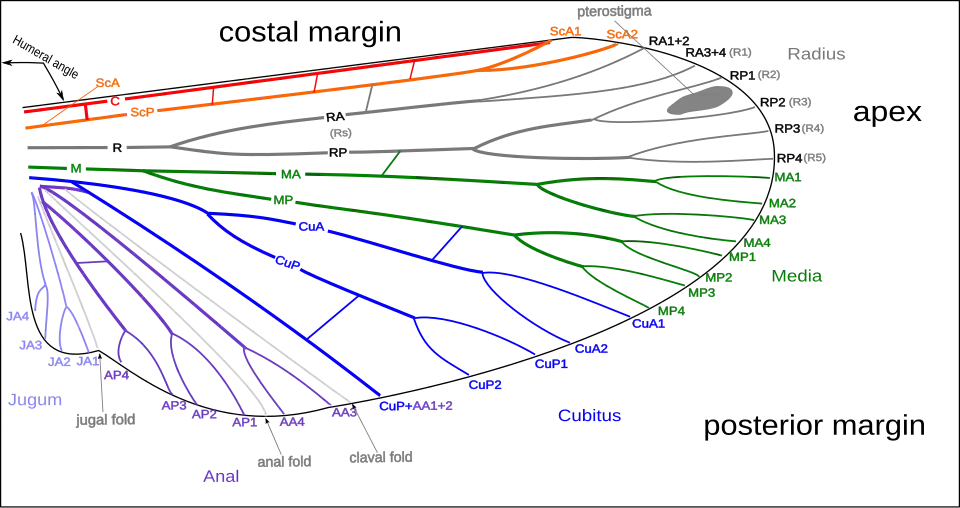
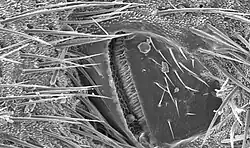
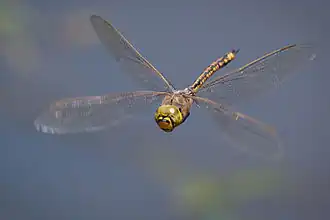



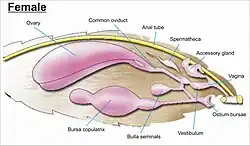
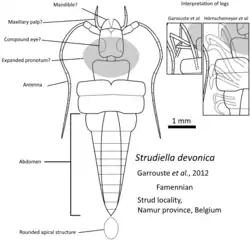
.jpg)

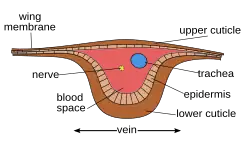
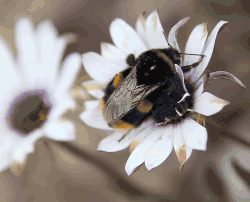
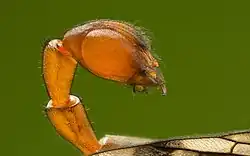
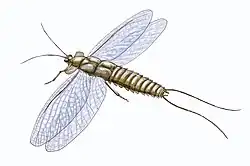
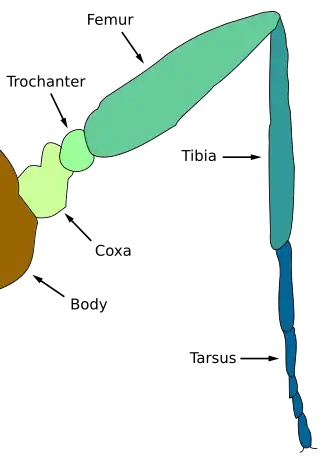
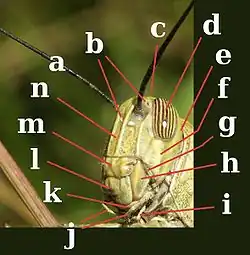
.png)




.jpg)

